Croatia has emerged as one of Europe’s most captivating destinations, with its stunning coastline, historic cities, and natural wonders. From ancient walled towns to pristine islands, this Adriatic gem offers travelers an incredible mix of culture, history, and natural beauty.
Here is a list of 20 beautiful places you shouldn’t miss when visiting this breathtaking country.
Dubrovnik
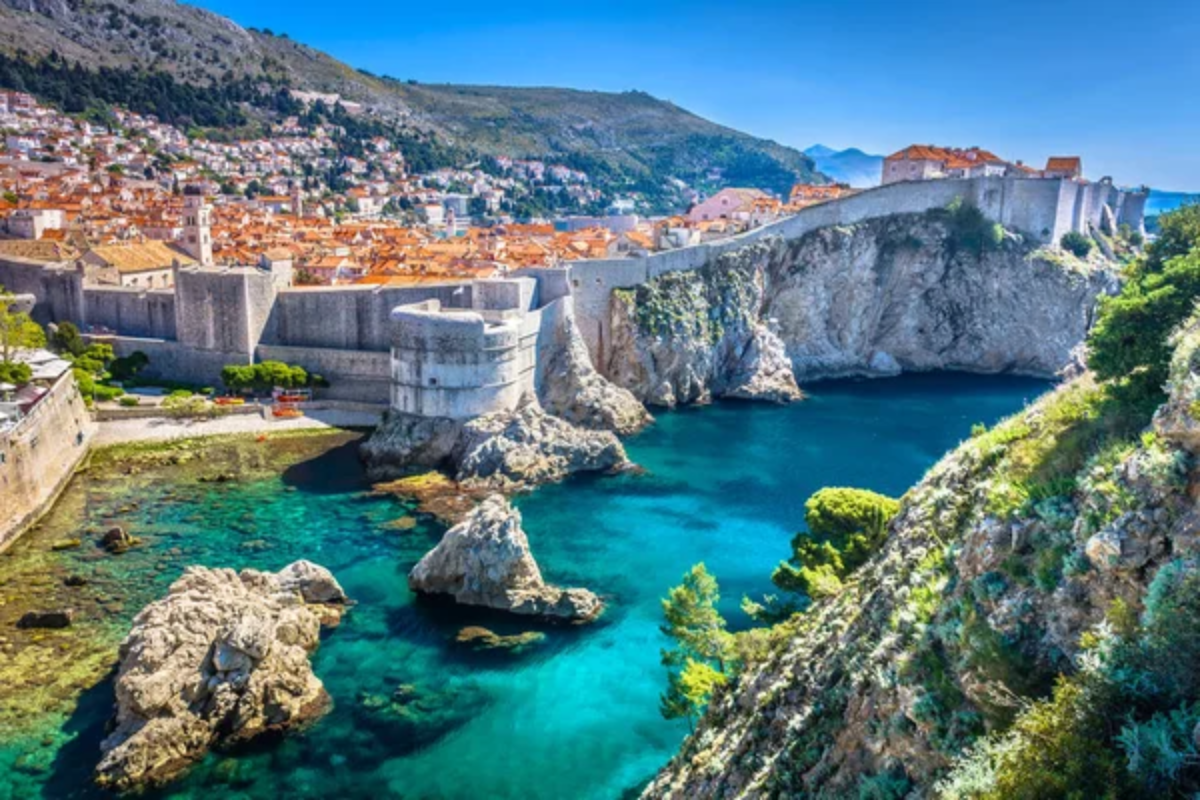
The “Pearl of the Adriatic” features imposing medieval walls encircling a city filled with baroque buildings and limestone streets. Walking along the ancient city walls provides spectacular views of the terracotta rooftops against the deep blue sea backdrop.
The main street, Stradun, pulsates with energy day and night, while hidden alleyways reveal charming cafes and local shops.
Plitvice Lakes National Park
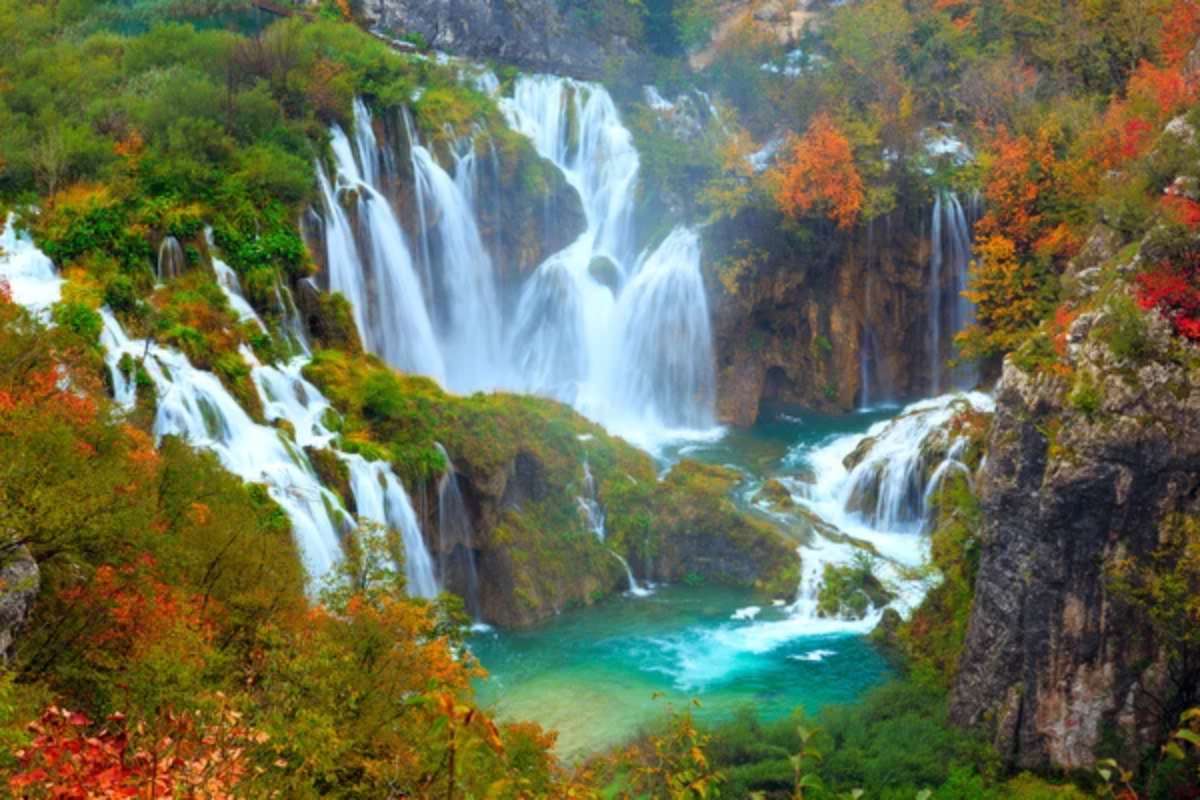
This UNESCO World Heritage site showcases a stunning series of cascading lakes in vibrant turquoise and emerald hues. Wooden walkways wind through the park, taking visitors past numerous waterfalls that create a constant symphony of sound.
The park transforms throughout the seasons, from lush greens in summer to golden hues in autumn and magical ice formations in winter.
Like Travel Pug’s content? Follow us on MSN.
Split
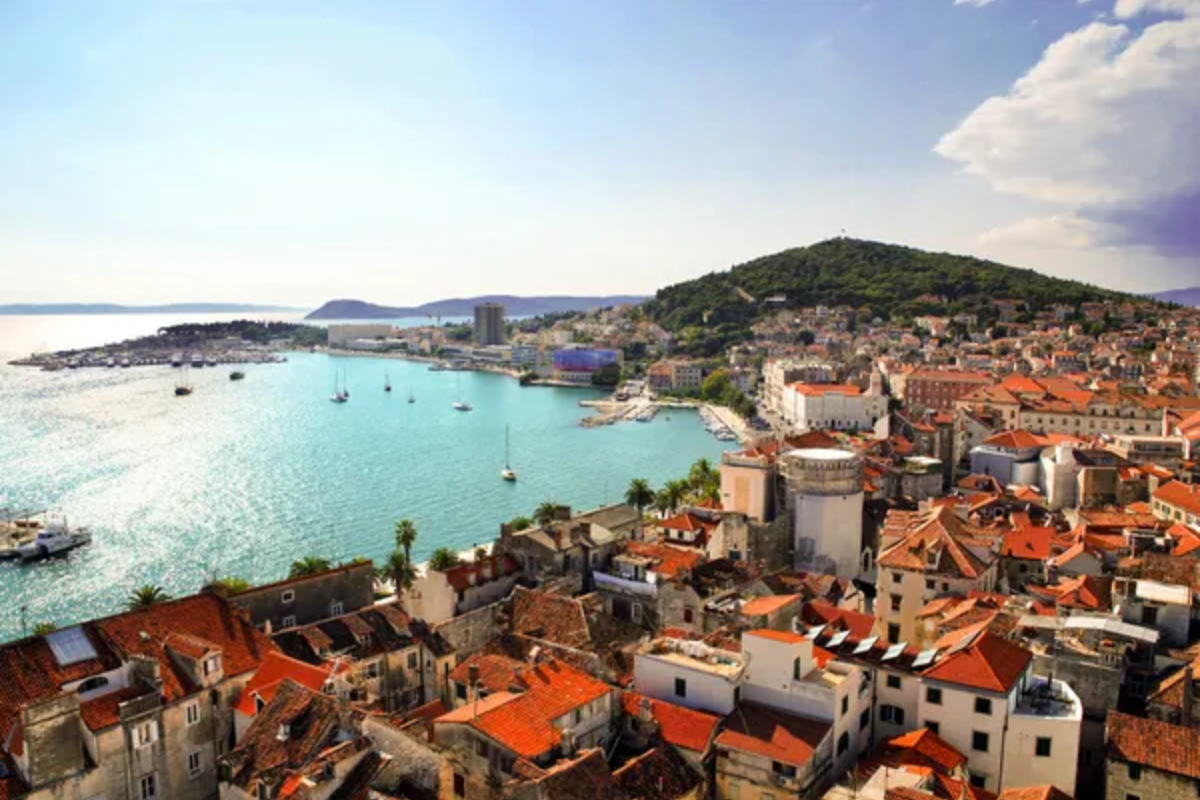
Home to Diocletian’s Palace, another UNESCO site, Split perfectly blends ancient history with modern coastal living. The palace forms the core of the old town, with shops, restaurants, and homes built into its ancient walls forming a living museum.
The bustling Riva promenade offers perfect sunset views and serves as the social heart of this dynamic city.
Hvar Island
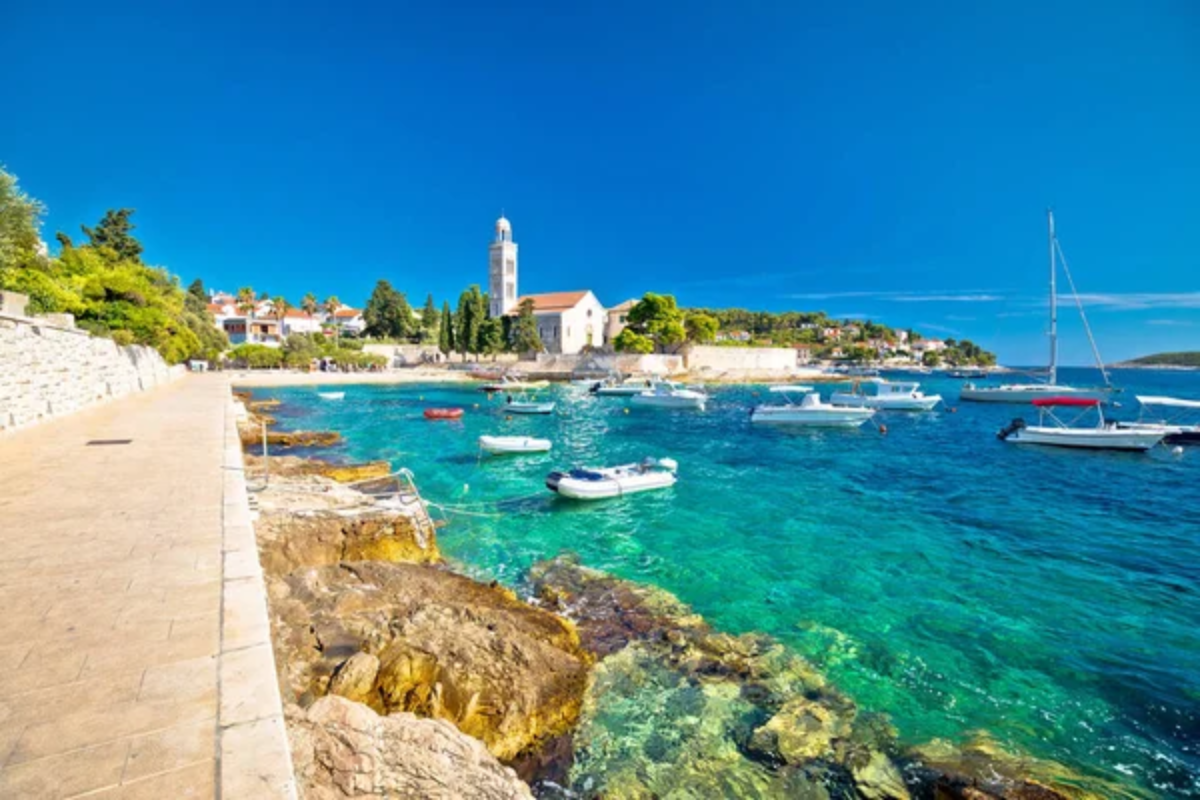
Known for its lavender fields, yacht-filled harbor, and vibrant nightlife, Hvar combines natural beauty with sophisticated charm. The island’s 13th-century walls, fortress, and main square showcase its rich Venetian heritage.
Pristine beaches like Dubovica and secluded coves dot the coastline, offering tranquil spots away from the buzz of the town center.
Rovinj
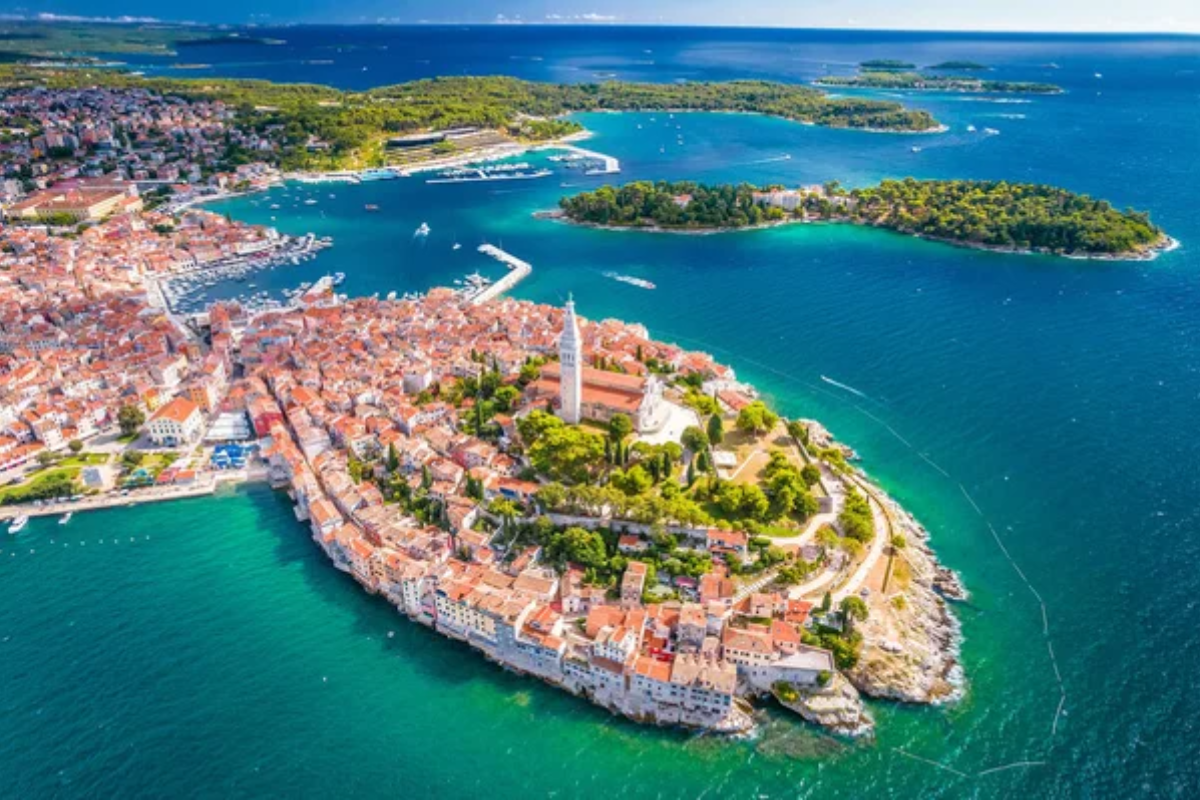
This picturesque fishing port on the Istrian peninsula feels like stepping into an Italian coastal town. The Church of St. Euphemia dominates the skyline with its bell tower offering panoramic views of the red-roofed town and surrounding islands.
Narrow cobblestone streets lead to charming squares, art galleries, and seafood restaurants serving fresh local catches.
Like Travel Pug’s content? Follow us on MSN.
Korčula
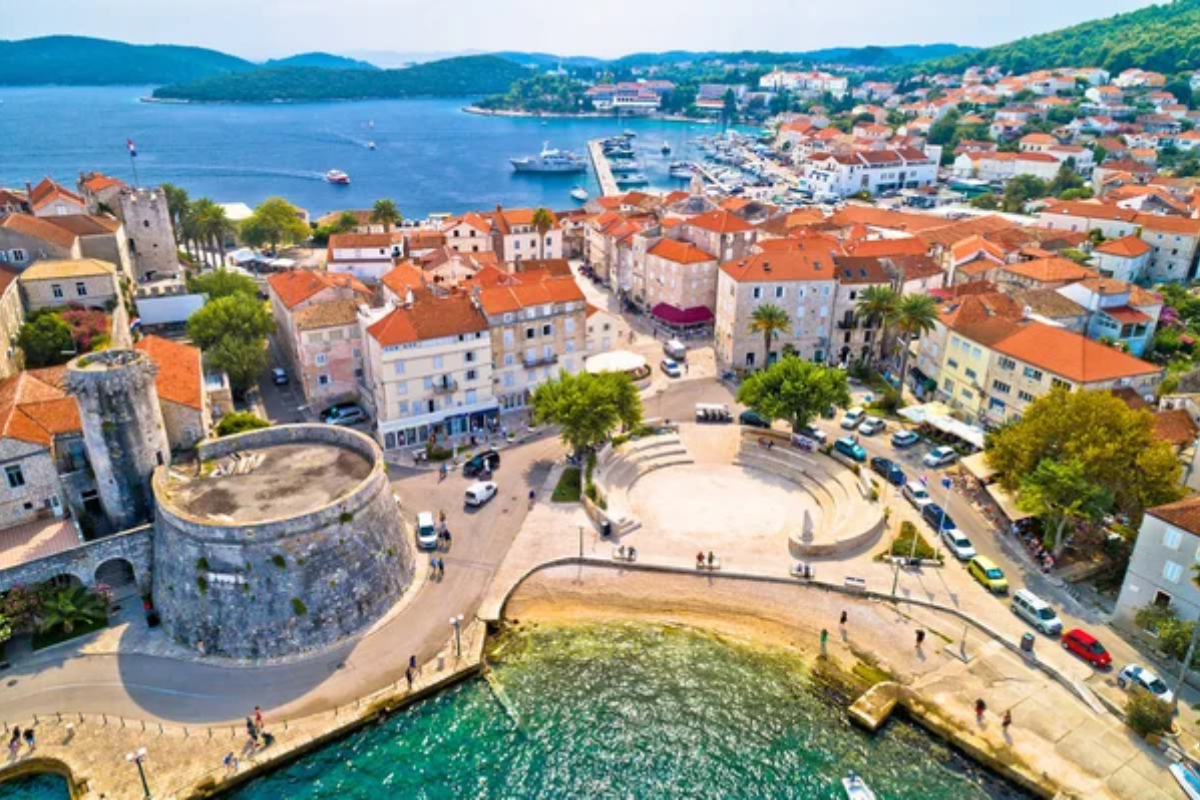
Often called ‘Little Dubrovnik,’ this fortified island town features Venetian Renaissance architecture within its compact medieval core. Local tradition claims it as the birthplace of explorer Marco Polo, whose supposed house is a popular attraction.
The surrounding countryside boasts excellent vineyards that produce some of Croatia’s finest white wines.
Mljet National Park
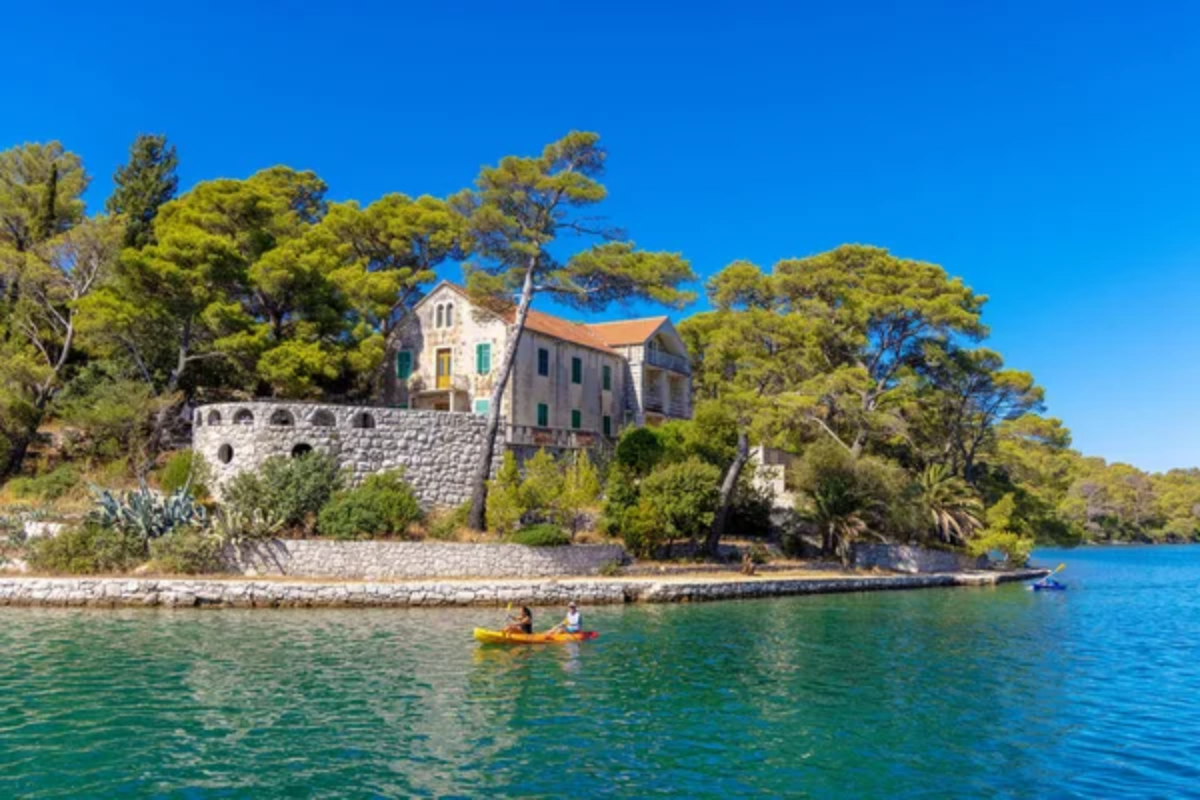
This forested island paradise contains two saltwater lakes, with a Benedictine monastery sitting on a tiny isle in the larger lake. Cycling paths circle the lakes, providing access to swimming spots in remarkably clear waters.
The rest of the island offers hiking trails through pine forests and opportunities to discover hidden beaches along the rugged coastline.
Krka National Park
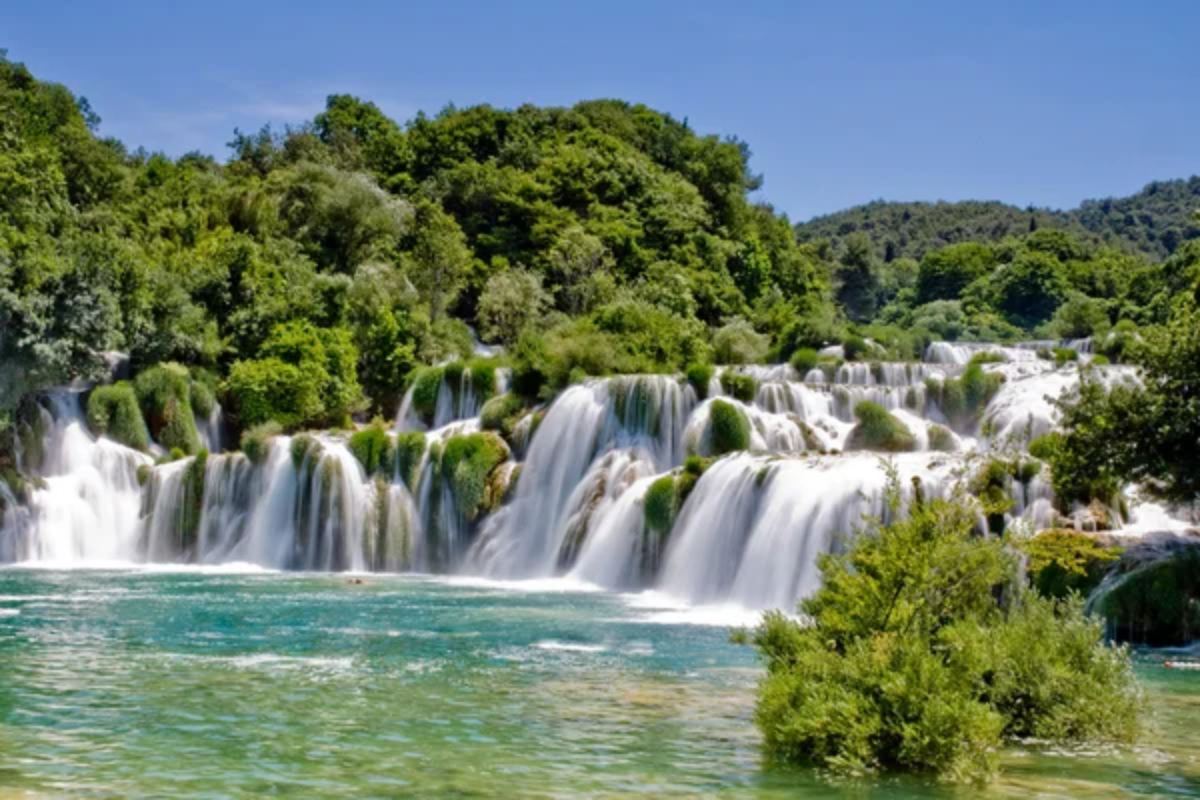
Similar to Plitvice but less crowded, Krka features seven magnificent waterfalls along the Krka River. Unlike at Plitvice, visitors can swim in designated areas beneath the cascading waters of Skradinski Buk, the largest waterfall.
Historic watermills and traditional weaving demonstrations showcase the region’s cultural heritage alongside its natural splendor.
Like Travel Pug’s content? Follow us on MSN.
Zagreb
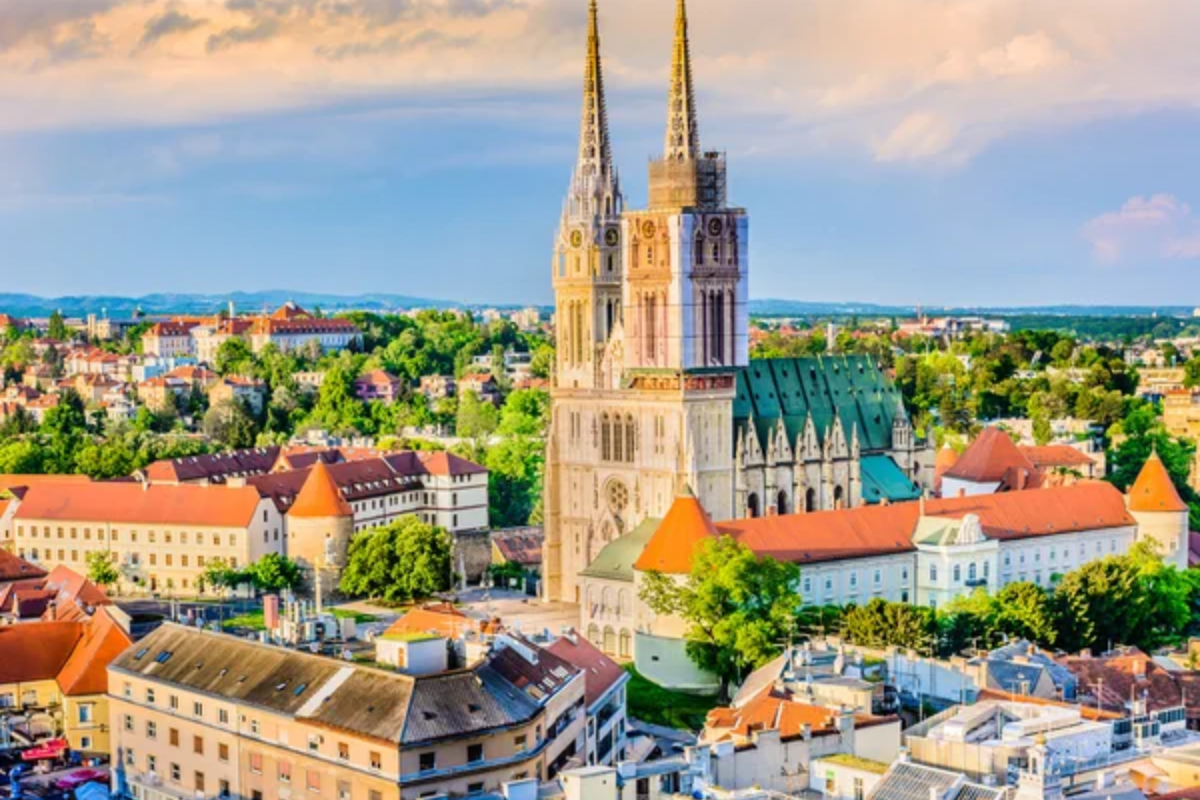
Croatia’s capital combines Austro-Hungarian architecture with a Mediterranean atmosphere in its contrasting Upper and Lower Towns. The distinctive St. Mark’s Church, with its colorful tiled roof, stands as the symbol of the historic Upper Town.
The city boasts numerous museums, including the quirky Museum of Broken Relationships, alongside vibrant markets and cafe culture.
Zadar
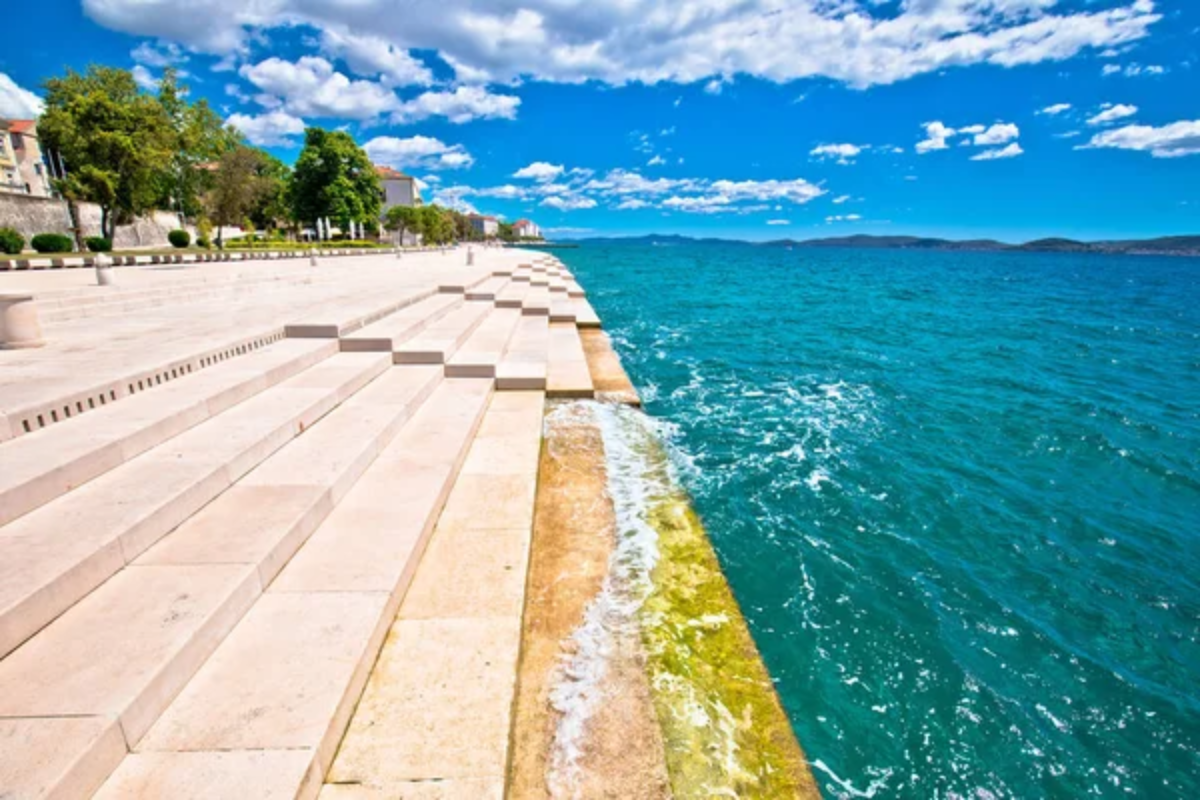
Famous for its unique Sea Organ and Sun Salutation installations, Zadar creates music and light shows powered by waves and sunlight. Roman ruins and medieval churches dot the compact peninsula, telling stories of the city’s 3,000-year history.
The legendary sunset view prompted Alfred Hitchcock to declare it “the most beautiful in the world.”
Istrian Countryside

Often compared to Tuscany, Istria’s interior features rolling hills crowned with medieval towns like Motovun and Grožnjan. Truffle-rich forests and olive groves produce culinary treasures that make this region a food lover’s paradise.
Family-run konobas (taverns) serve traditional dishes with local wines produced from the distinctive red soil vineyards.
Like Travel Pug’s content? Follow us on MSN.
Vis Island
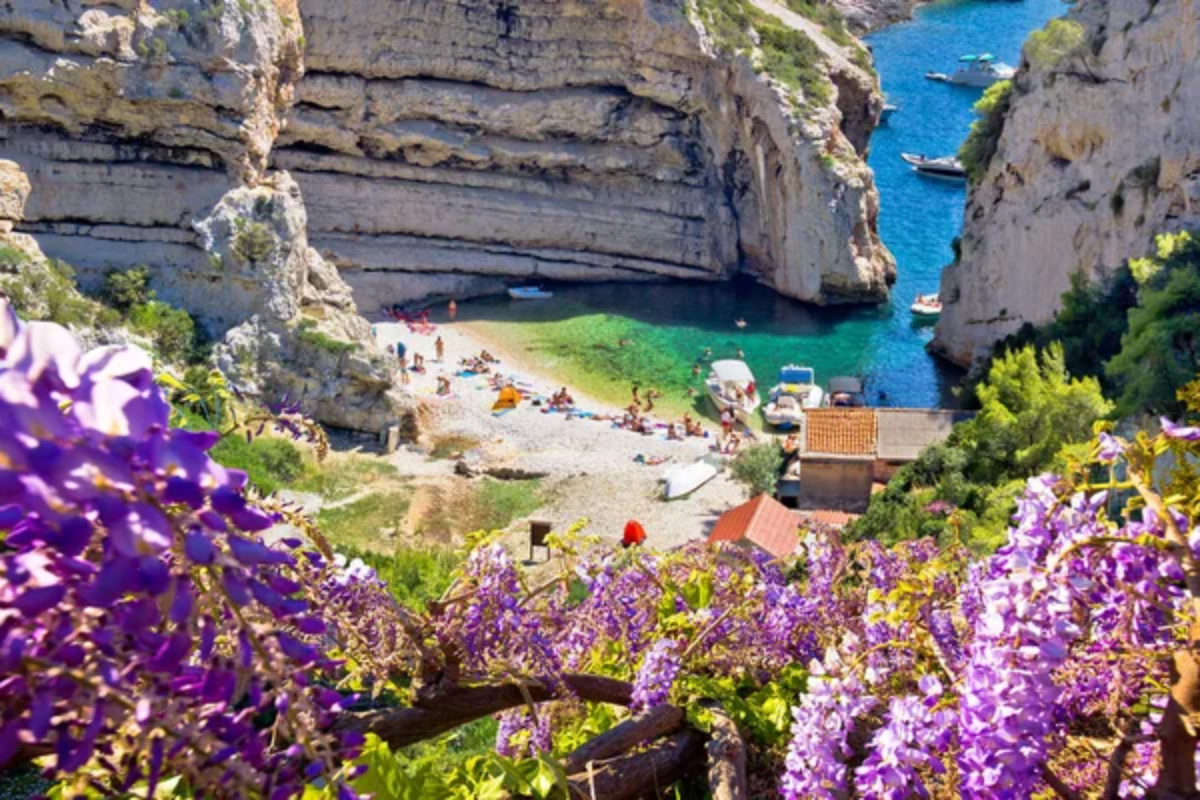
The most remote inhabited island remained closed to foreigners until 1989 as a Yugoslav military base. This isolation preserved its authenticity and prevented overdevelopment, seen elsewhere.
The island gained international attention as a filming location for ‘Mamma Mia: Here We Go Again’ but maintains its tranquil atmosphere and exceptional local cuisine.
Paklenica National Park
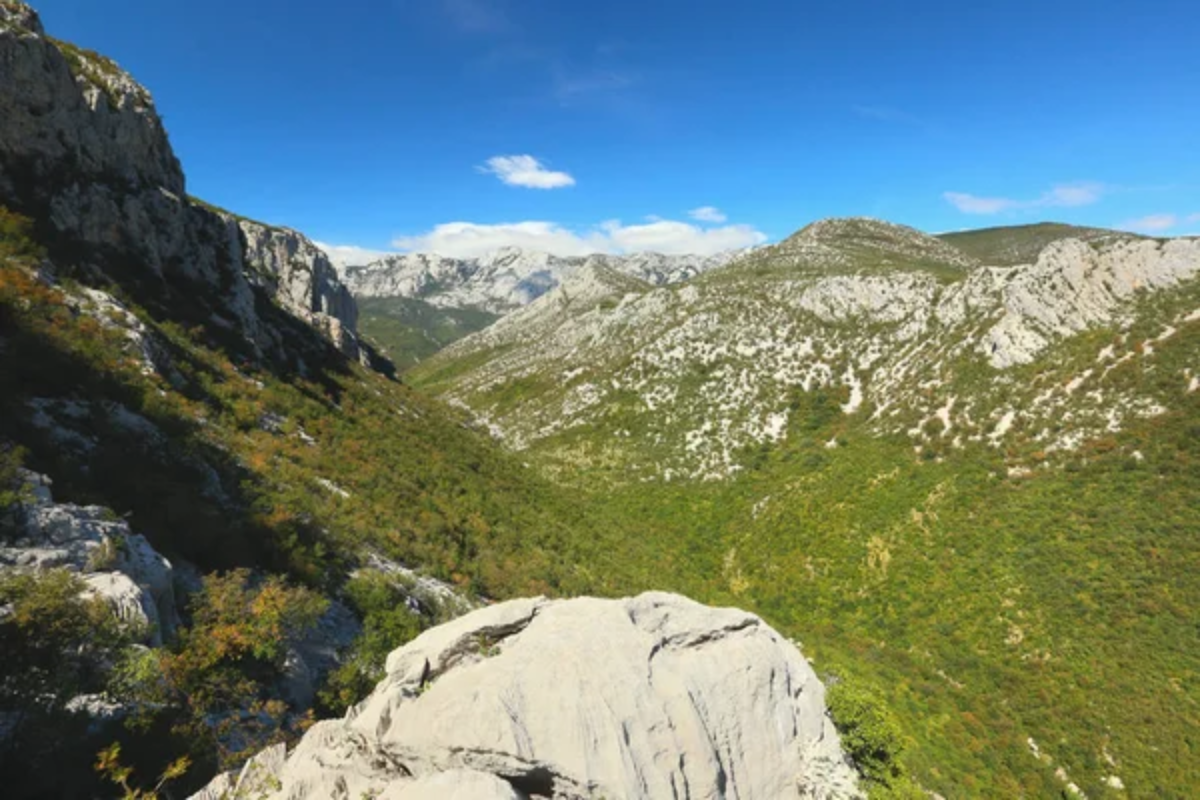
Dramatic limestone gorges and towering peaks make this park a haven for climbers and hikers. The contrast between the rugged mountains and the nearby Adriatic Sea creates breathtaking vistas throughout the park’s extensive trail network.
Hidden caves, diverse wildlife, and remnants of traditional mountain villages add to its untamed appeal.
Brač Island
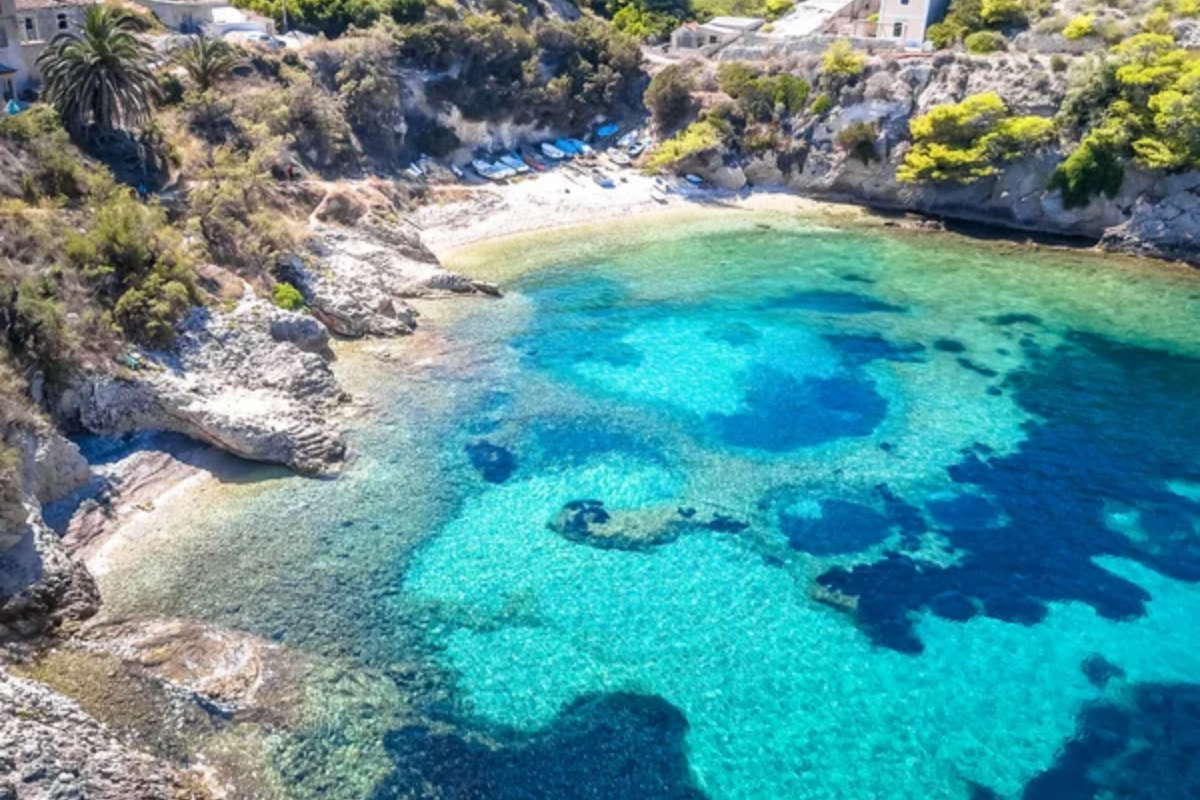
Home to the famous Zlatni Rat beach, which changes shape with the currents, Brač offers diverse landscapes and activities. The white stone quarried here was used to build Diocletian’s Palace and parts of the White House in Washington, D.C.
The island’s highest peak, Vidova Gora, rewards hikers with sweeping views across to neighboring islands and the mainland.
Like Travel Pug’s content? Follow us on MSN.
Trogir
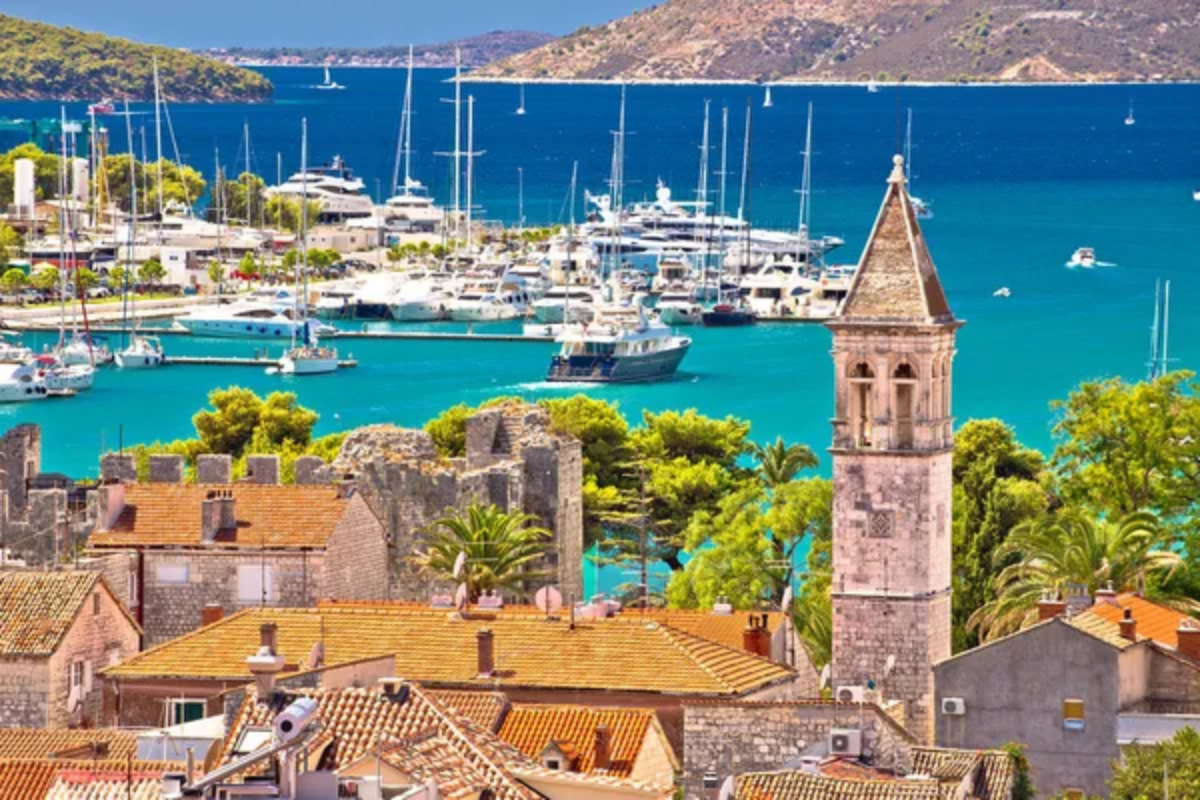
Set on a tiny island connected to the mainland by bridges, this UNESCO-protected town presents remarkably preserved Romanesque-Gothic architecture. The Cathedral of St. Lawrence features the remarkable Portal of Radovan, a 13th-century masterpiece of stone carving.
The waterfront promenade buzzes with activity while the stone labyrinth of streets holds centuries of stories.
Kornati Islands National Park
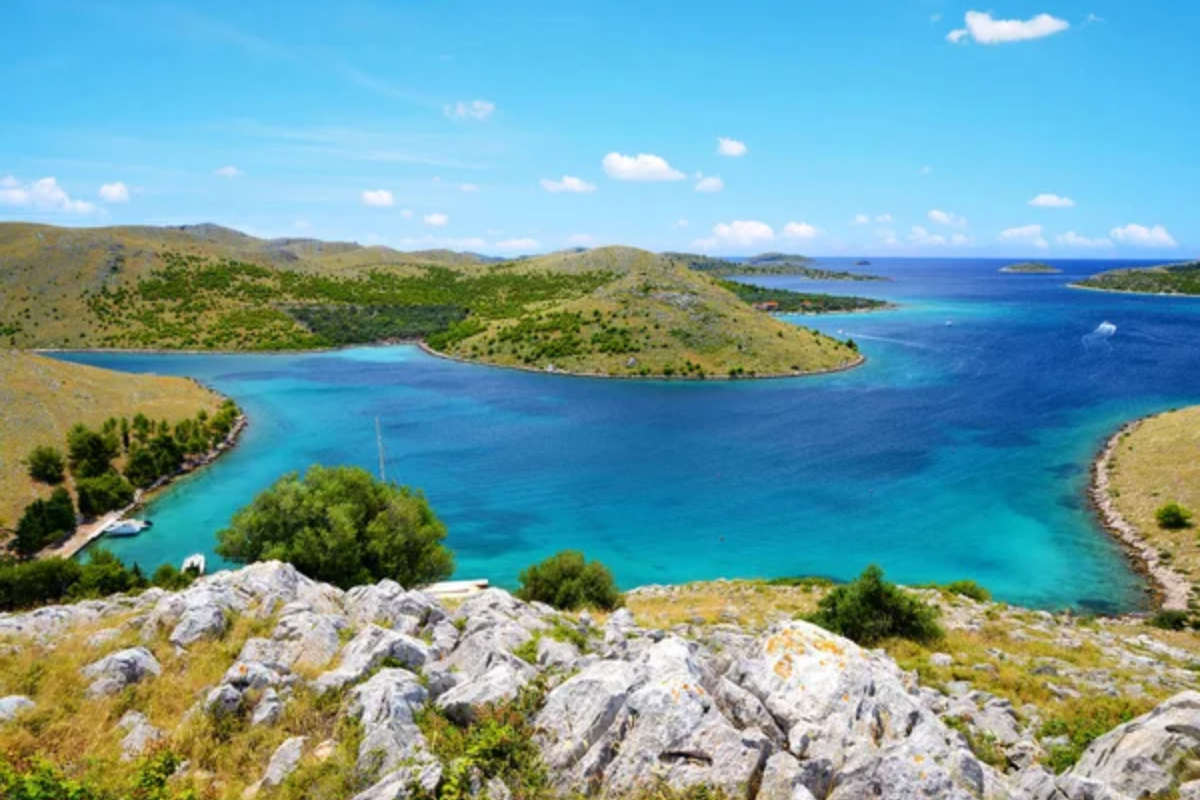
This archipelago of about 89 mostly uninhabited islands creates a sailor’s paradise of bare limestone formations rising from crystal-clear waters. The islands’ barren appearance, described as “tear-dropped pearls” by playwright George Bernard Shaw, results from ancient deforestation.
The underwater world surrounding these islands offers some of Croatia’s best diving experiences.
Telašćica Nature Park
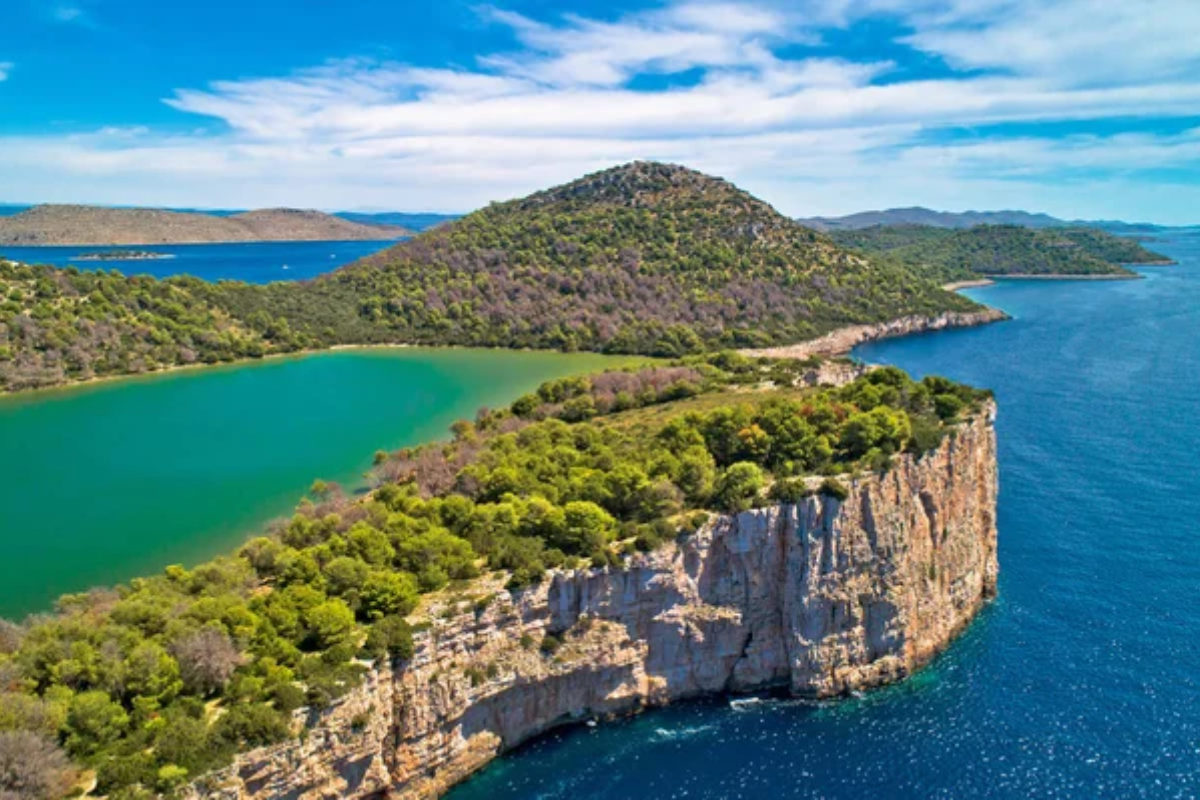
Adjacent to Kornati, this bay features dramatic cliffs dropping 160 feet into the sea on one side and peaceful coves on the other. The park includes the salt lake Mir (‘Peace’), whose therapeutic mud attracts wellness seekers.
Local donkeys, a protected native species, roam freely throughout this nature reserve at the southeastern tip of Dugi Otok island.
Like Travel Pug’s content? Follow us on MSN.
Rijeka
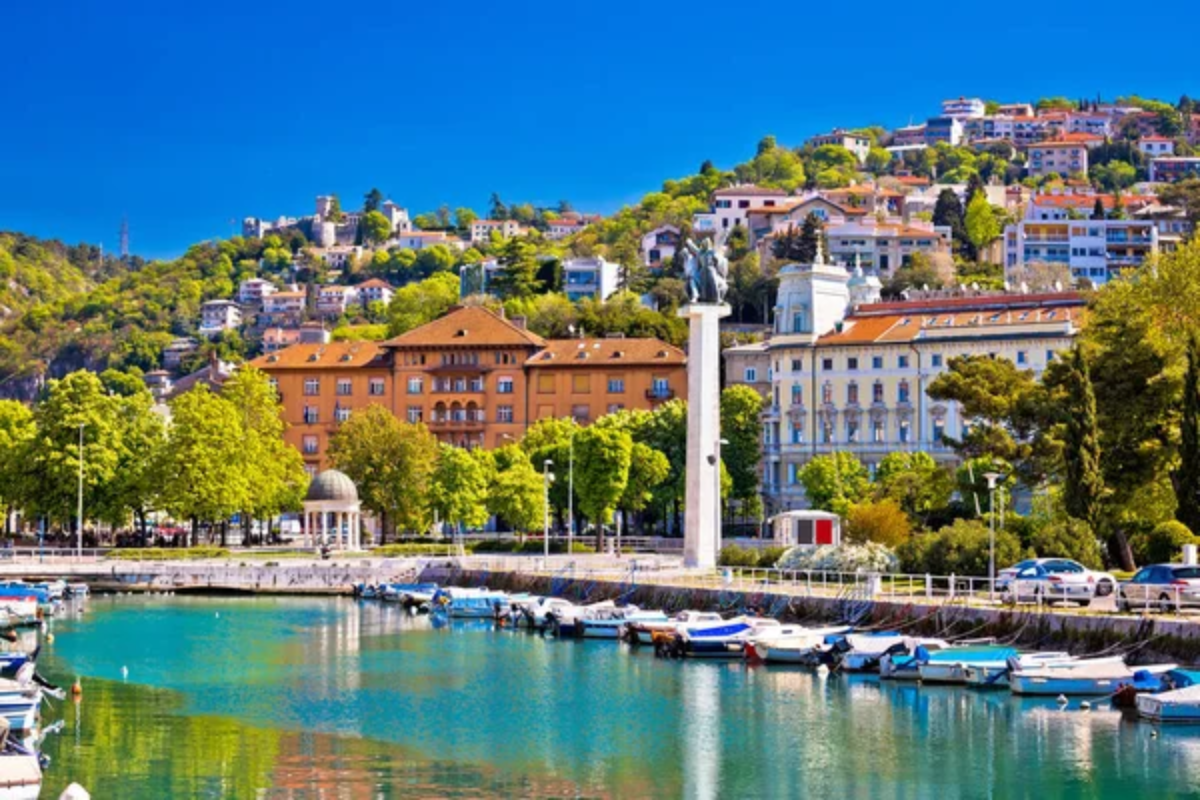
Croatia’s principal seaport combines industrial heritage with Habsburg elegance and a vibrant cultural scene. In 2020, the city was designated European Capital of Culture, highlighting its museums, festivals, and unique character.
The hilltop Trsat Castle offers spectacular views over the Kvarner Bay, while the bustling Korzo street showcases the city’s Mediterranean spirit.
Rab Island
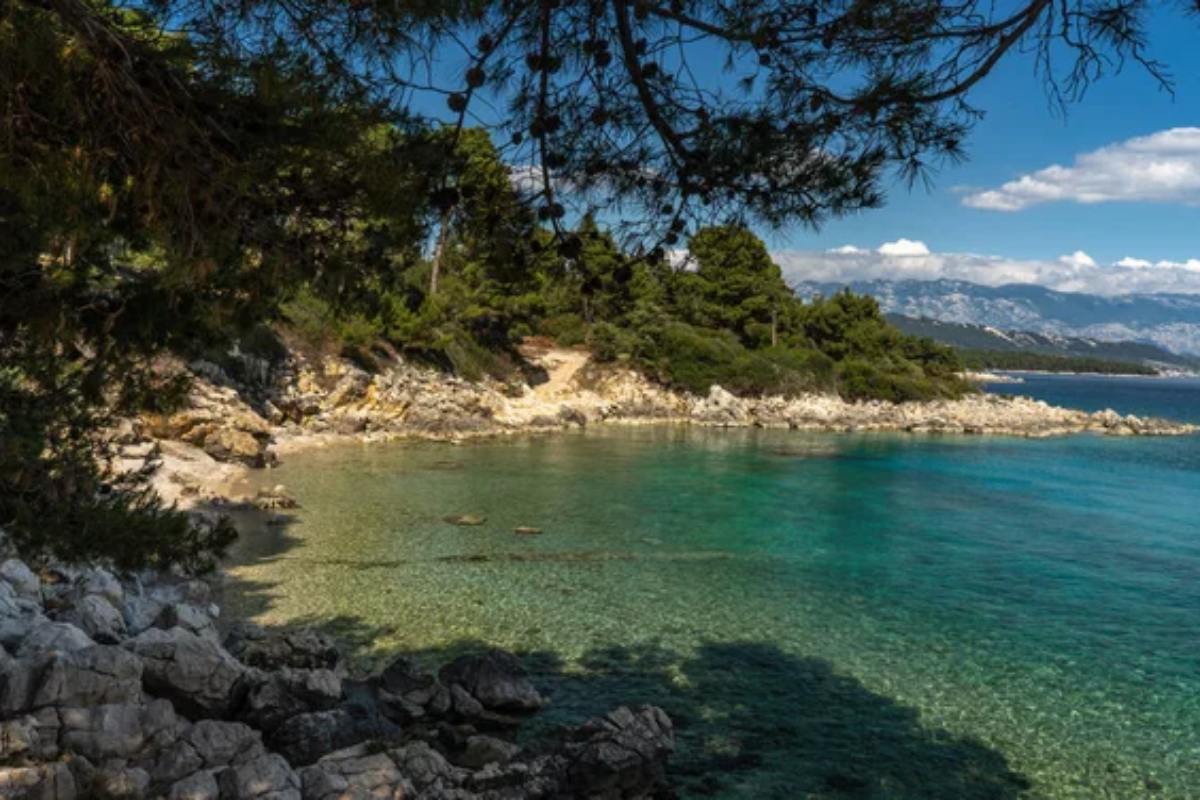
Famous for its four distinctive bell towers, which create a ‘skyline’ visible from the mainland, Rab balances history with natural beauty. The island claims 30 sandy beaches—rare in rocky Croatia—including the popular Paradise Beach.
Medieval summer festivals recreate the island’s golden age with crossbow competitions and period costumes.
Kopački Rit Nature Park
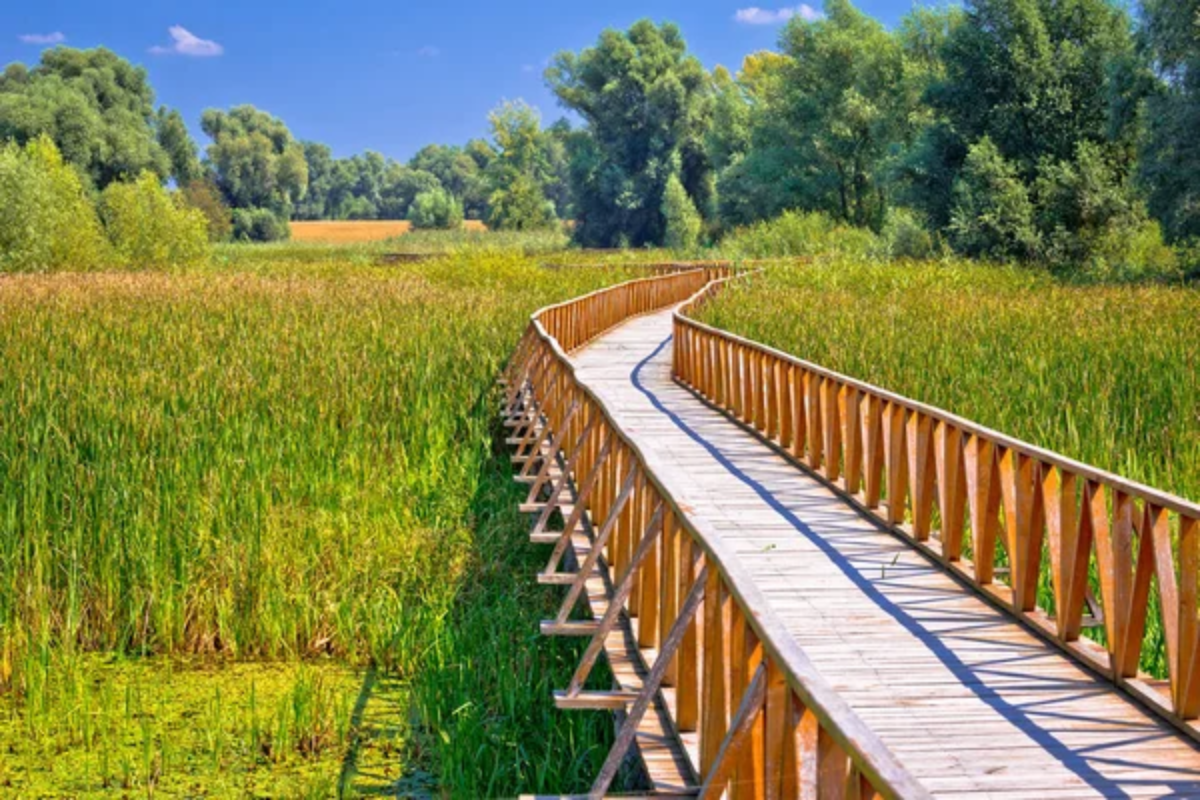
Unlike Croatia’s coastal attractions, this inland wetland, where the Drava meets the Danube, creates Europe’s largest floodplain. Home to over 300 bird species, wild deer, and boar, the park offers boat safaris through channels and lakes amid forests and reeds.
Sunrise and sunset transform the landscape into a photographer’s dream with mist rising from the waters.
Like Travel Pug’s content? Follow us on MSN.
Timeless Adriatic Beauty
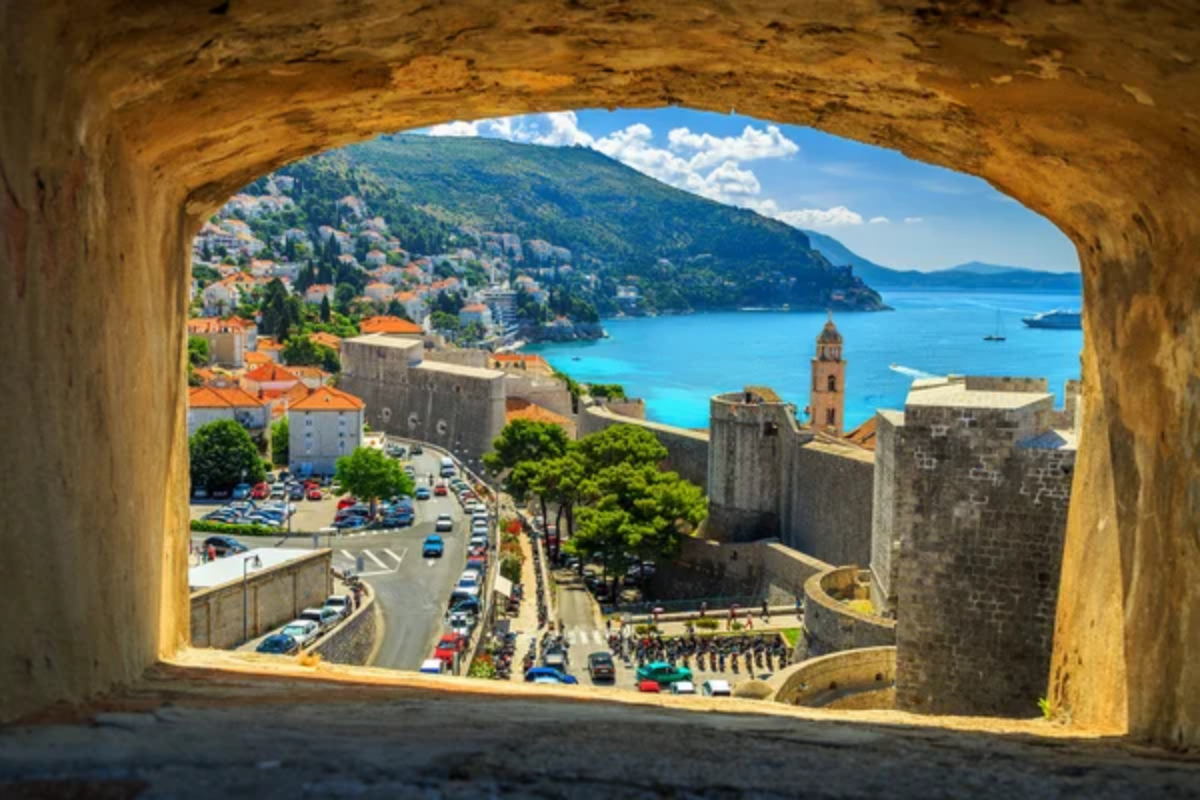
Croatia’s remarkable diversity—from Roman ruins to Renaissance towns, lush national parks to sun-drenched islands—offers something for every traveler. The country’s relatively compact size means many of these destinations can be combined into a single journey.
Whether sailing the crystal waters, exploring ancient streets, or hiking through untouched wilderness, Croatia’s natural and cultural heritage creates memories that linger long after returning home.
More from Travel Pug

- Cities Growing so Fast You Won’t Recognize Them in 10 Years
- 13 Destinations Where Tourists Regularly Regret Their Trip
- 16 U.S. Cities That Are Quietly Becoming Travel Hotspots
- Where to Travel If You Love Long Bus Rides and Daydreams
- 20 Cities Perfect for Solo Travelers Who Crave Adventure & Culture
Like Travel Pug’s content? Follow us on MSN.
